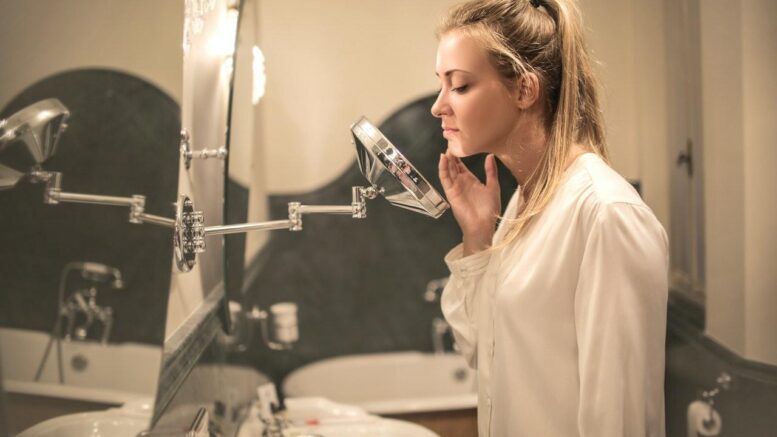Acne is a normal part of life, but it can become very frustrating and painful to live with. Although acne is more prominent in younger teens going through puberty, many people struggle with adult acne for various reasons.
But the good news is that acne is manageable when you have the right tools to work with and make a few simple adjustments to your lifestyle. Read on to learn more about how you can clear up your skin!
Follow a Skincare Routine
Managing and getting rid of your acne is not about sticking to a specific diet or using certain medication products. It’s about a lifestyle change that starts with following a good skincare routine designed for acne-prone skin.
A good skincare routine doesn’t need to have ten different steps – you only need four steps! You just have to remember to cleanse your skin daily, exfoliate once or twice a week, moisturize your skin after cleansing or exfoliating, and always use sunscreen.
Of course, these steps should be completed with products suitable for your skin type. Not all acne-prone skin is oily, and using the wrong kinds of products could worsen breakouts. Again, cleansing, moisturizing, and applying sunscreen should be done daily to eliminate debris from your face and prepare it for the next day, while exfoliating should only be done up to two times a week because any more could cause damage.
Used Medicated Treatments
Medicated treatments are a great option for those who suffer from extreme or long-term acne that is stubborn and hard to get rid of. Topical products that can be purchased over the counter, such as niacinamide and benzoyl peroxide, are great treatments to start with.
If you don’t notice a difference after a few weeks, visiting a doctor or dermatologist is the next step. Sometimes, acne is caused by an infection that can only be managed with certain prescription medications, including antibiotics or isotretinoin for those with severe acne.
Practice Good Hygiene
Practicing good hygiene does not only mean you should be showering and smelling nice. Good hygiene, when looking after your skin, means following multiple steps to keep your skin clean and rid of bacteria as much as possible.
Good hygiene includes:
- Following a skincare routine twice a day;
- Avoiding touching your face, or only touching your face with washed hands;
- Using a clean towel to pat your face dry after cleansing;
- Exfoliating regularly;
- Changing your bed linen at least once a week, or more if necessary.
Follow a Good Diet
Often, the foods you eat also play a role in the texture of your skin and the presence of acne. That said, following a good diet doesn’t only mean eliminating food bad for your skin. It also means introducing food that’s good for your skin.
Food To Avoid
- High Glycemic Index foods
- Dairy
- Sugar
- Processed and fried foods
- Saturated and trans fats
Foods To Add
- Fruits and vegetables
- Omega 3 fatty acids
- Whole grains
- Lean protein
- Nuts and seeds
Changing your diet should be done with the steps above to get the best results possible. The response to the food you eat can vary from person to person, but maintaining an overall balanced diet will always be beneficial.
Have patience
Finally, when trying to clear up your skin, patience is essential. Whether you have small bumps on your skin or long-term severe acne, it will not clear up overnight. It’s essentially a long process that will likely get worse before it gets better.
This is an unfortunate step in the process, but it’s unavoidable. This is because acne can lie in the deeper layers of your skin and will show when the skin is going through its natural rejuvenation cycle.
Many medicated or targeted skincare products speed up this cycle to give a more youthful appearance. Through this process, your skin will go through a purging phase, forcing acne to the surface faster to clear up the new layers of skin. Patience is vital to get through this purging phase, as it can be painful and frustrating, but it’s definitely worth it.
